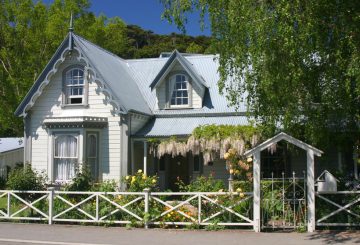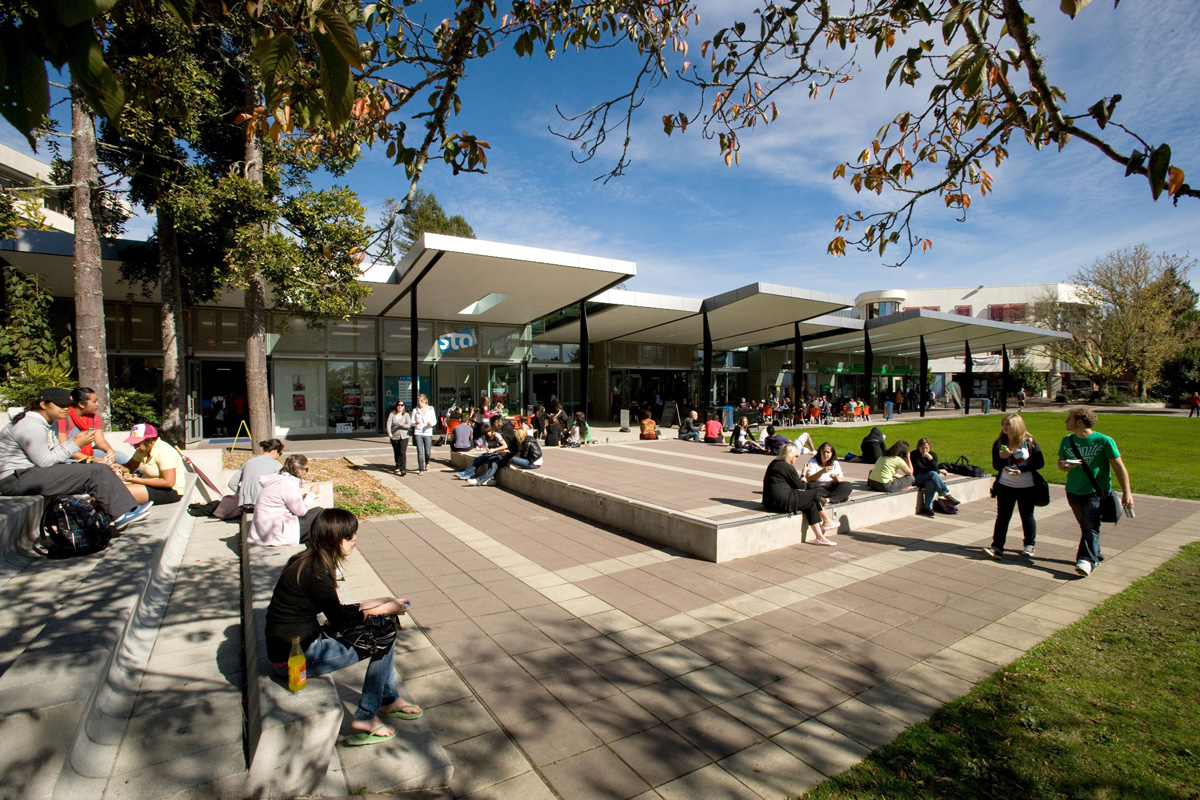A new study will explore how public buildings, including schools, could be designed to use sustainable cooling and heating technology and help New Zealand achieve its net-zero 2050 goal.
University of Canterbury Department of Civil and Natural Resources Engineering Senior Lecturer Dr Wentao Wu is leading the international research which aims to reduce carbon emissions by improving energy efficiency in large buildings.
He has received Royal Society Te Apārangi Catalyst funding to find out how the building sector could use renewable energy sources such as natural ventilation and solar energy to boost the energy performance of thermal mass – the heat absorbing potential of interior furnishings and concrete floors – creating “low-carbon buildings”.
“Global warming has urged us to search for carbon neutral solutions,” Dr Wu says.
Currently the New Zealand building sector accounts for nine per cent of our total carbon emissions and the Government has committed to achieving net-zero greenhouse gas emissions by 2050.
Dr Wu is leading the project in collaboration with researchers at six universities from five countries, including Harvard University in the United States, Cardiff University, the United Kingdom, and China’s Chonqing University.
Dr Wu says one solution towards designing low-emission buildings is to use cooler outside air at night to ventilate spaces inside a building.
In winter, he believes solar-heated water pipes placed inside concrete floors could be used instead of traditional electric heating systems.
He hopes to develop a design and retrofit guideline that will help policy makers, architects and builders create buildings that are more energy efficient, reducing carbon emissions in the sector.
Dr Wu recently carried out research in the United States, funded by the US National Science Foundation, that demonstrated the effectiveness of using night-time ventilation systems to cool down the interiors of buildings so they can act as a heat sink the following day.
Credit: sunlive.co.nz






























































